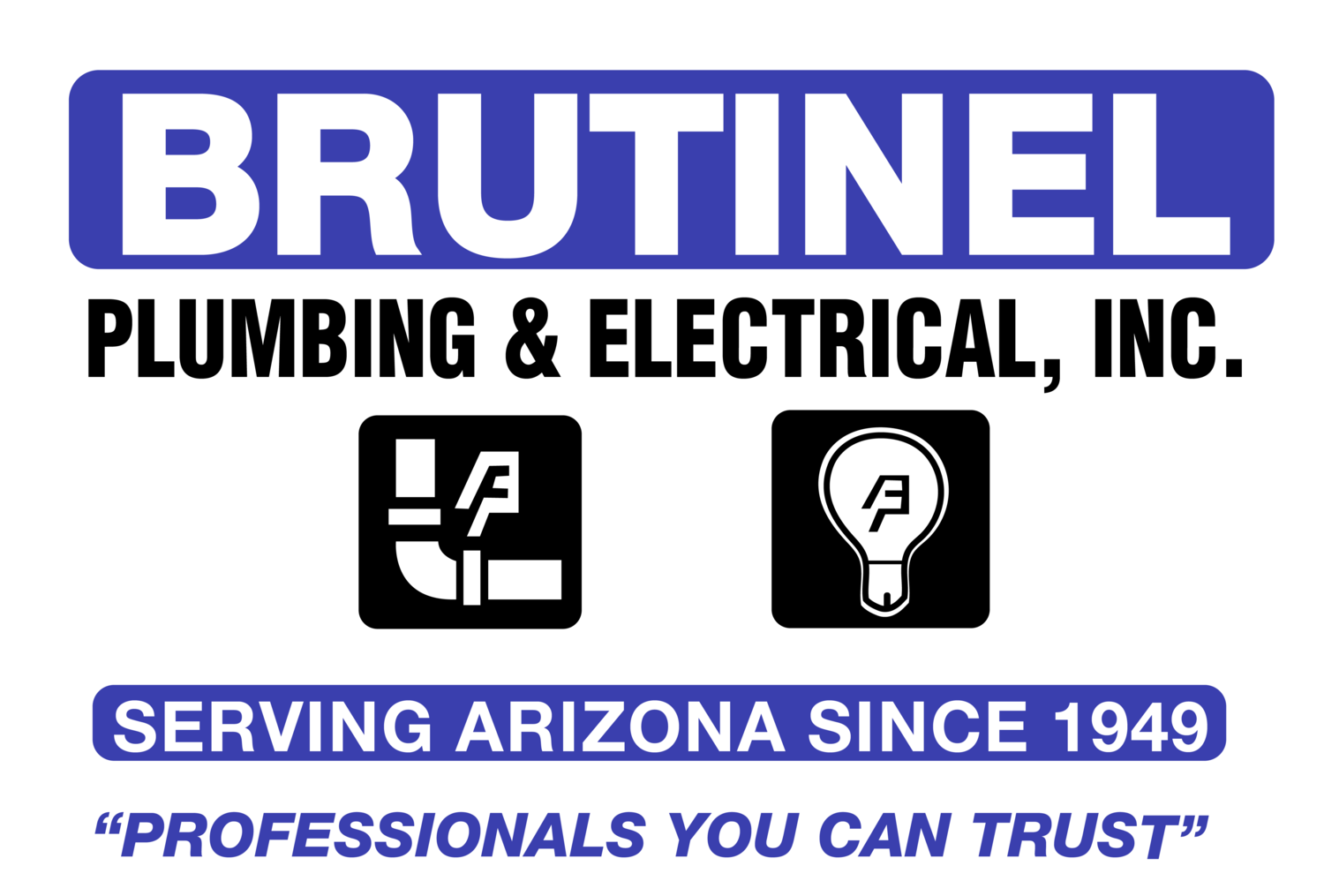Tips For Using a Plunger in a Sink
Have you noticed that your kitchen or bathroom sink doesn’t seem to be draining properly? If you run the water and it doesn’t go down the drain quickly, like it normally would, you probably have something down there clogging it up. It could be hair, grease, tissues, or unexpected things, like earrings or banana peels. You’d be surprised what ends up in some people’s drains!
Plungers Can Be Used in Sinks
Typically, when you think of a plunger, you think of using it to unclog a toilet. A plunger, though, can also be used to help unclog a sink. There are different sized plungers for sale– the longer handle ones work for toilets, while the shorter handle ones work for sinks. You’ll want to buy and use a standard cup-style plunger that’s made to unclog sinks. If it has a flange (or collar) that extends from the bottom edge, that’s the kind of plunger that’s best suited for the toilet, so don’t use that one.
Seal the Basin
Basically, you want a plunger that can seal itself to the sink basin. The act of plunging involves suction and compression. Anytime you pull up on a plunger, it will pull water in the drain upward. This is what helps loosen a clog. Meanwhile, pushing down on the plunger pushes water down the drain, which can also help loosen a clog.
Use a Wet Rag
If your sink has an overflow drain, plug it with a wet rag. Whenever you have multiple drain openings for one sink, block the openings you’re not plunging.
For the drain you need to plunge, place the plunger cup over the drain opening and fill the sink with some water– enough to cover the plunger cup cover should suffice.
Pump the plunger so that the cup is working in an up-and-down motion, which should help loosen the clog. After about half a dozen pumps, pull the plunger away and see how well the water drains. If unsuccessful, try again.
One more tip: run hot water after the clog is cleared, which helps flush debris into the main drain line.
In case the plunger method doesn’t work, you may have to “snake the drain,” or contact Brutinel Plumbing to come take a look.
